Travel Photography: Where to Go in November
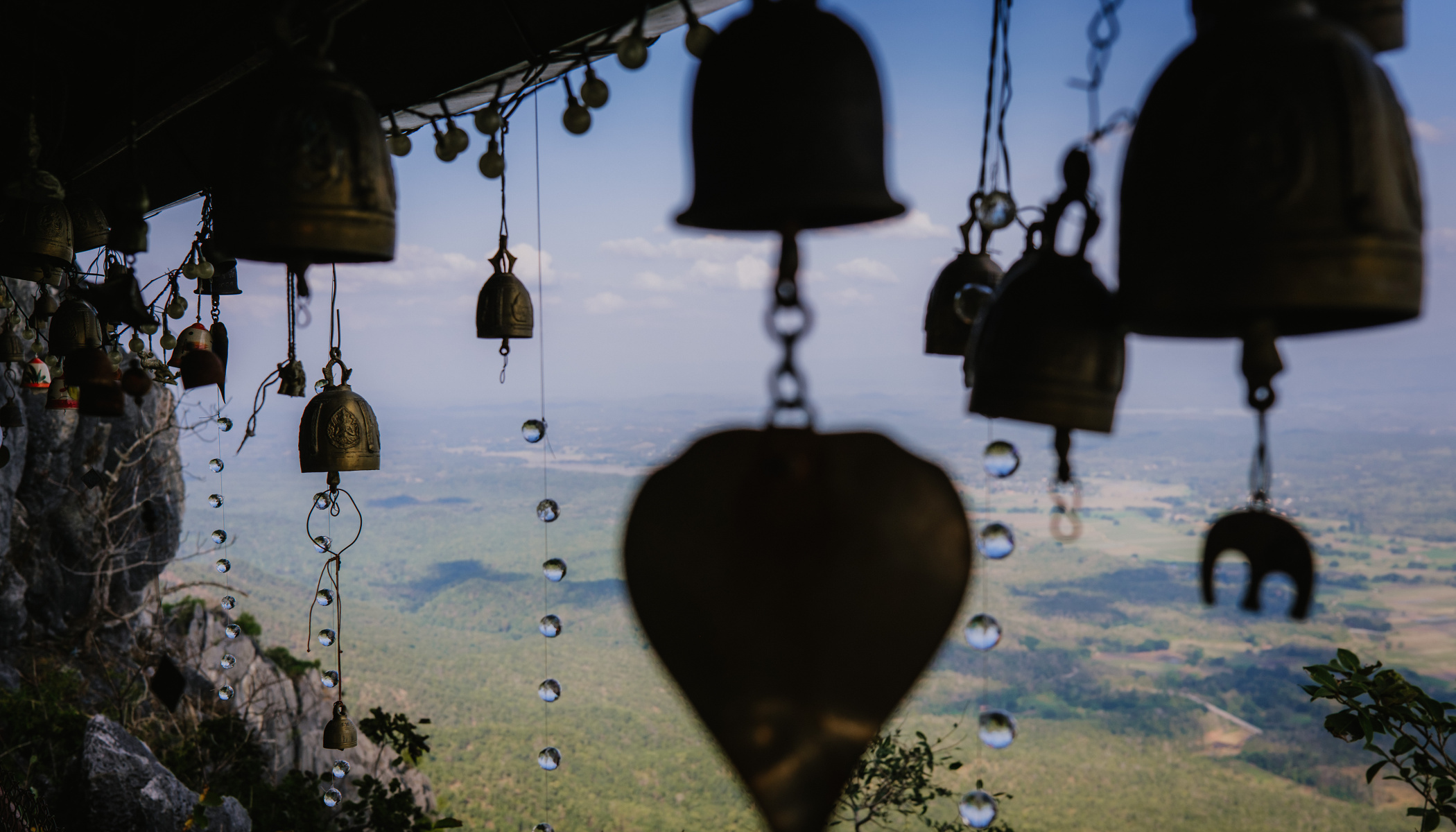
In November, most of Europe sinks into winter gloom. The days grow shorter, the sun fades, and nature loses its vivid autumn colors. It’s the time you want to head somewhere exotic—places where the rainy season is ending or has already passed, and adventure awaits. In this article, we make a few stops in European cities, and a few faraway destinations, that are well worth a photographer’s time for many reasons.
Let’s start with the more exotic destinations. In November, Thailand offers perhaps the best mix of fewer tourists, great weather, and lush green landscapes. Similarly, the rainy season is ending in Colombia. If you’re an experienced high-altitude hiker who’s not afraid of harsh conditions, you can find hundreds of kilometers of trails where there might not be anyone except local farmers and their cows.
Back in Europe, Portugal’s Porto makes for a pleasant and not-too-distant escape from Central Europe’s gray and rainy weather. If you’re craving summer, head to the other side of the world, to Tierra del Fuego in Argentina. But don’t expect sun, warm temperatures, and swimming. The Patagonian summer can be much harsher than any winter you’re used to. After all, Antarctica is just a bit further south. In the Czech Republic, our pick is Prague, with fewer tourists and a relaxed atmosphere in its historic center.
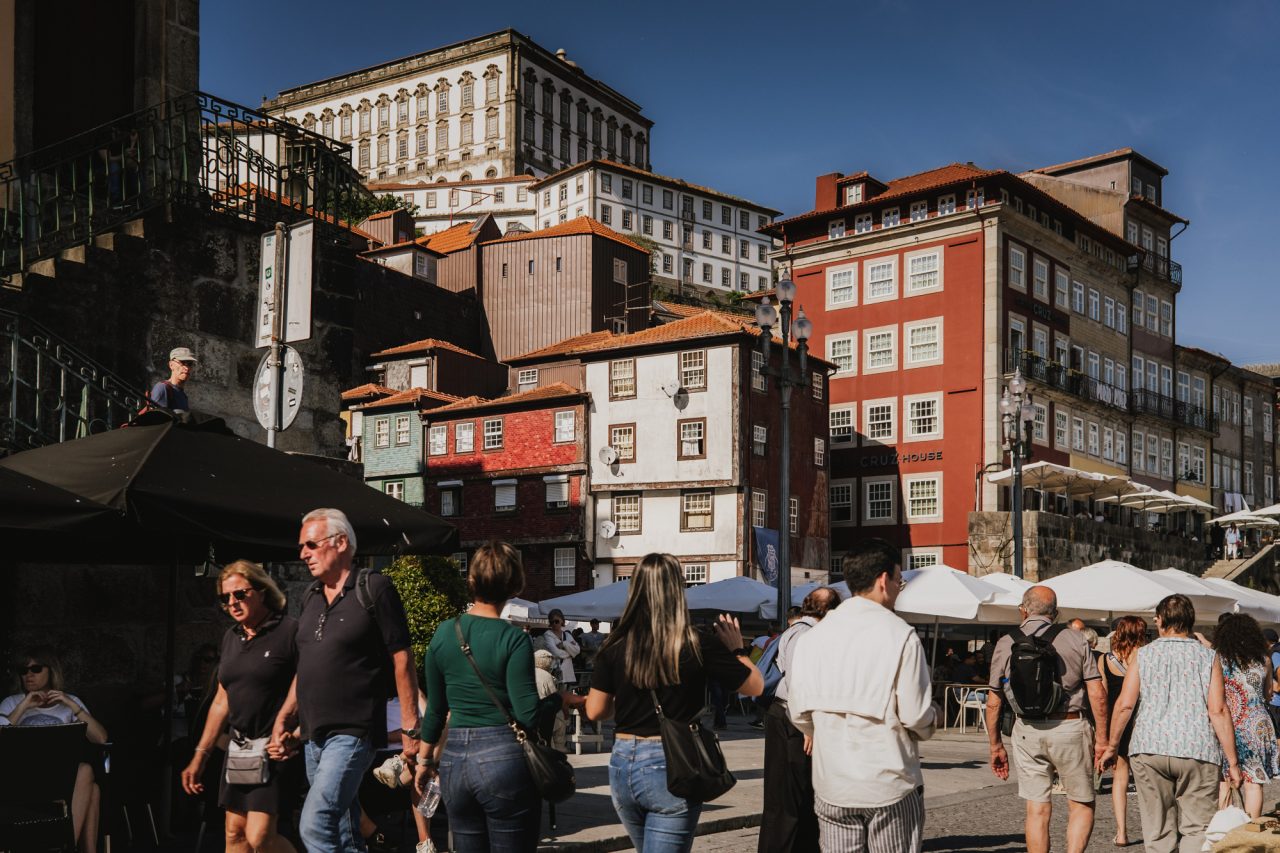
1. Northern Thailand

Northern Thailand attracts plenty of visitors, but November is still relatively calm. The main tourist season doesn’t start until December. This means you can walk around and admire ancient temples that are never truly empty but feel more local this time of year, with residents going about their daily rituals. Don’t forget to visit lesser-known or completely unknown temples, which often hold the most visual surprises.

Another major advantage of visiting northern Thailand in November is the weather. The rainy season is ending, marking the beginning of the dry season. Everything is fresh and green, mountain trails are more accessible, the humidity drops, and the evenings are pleasantly cool.
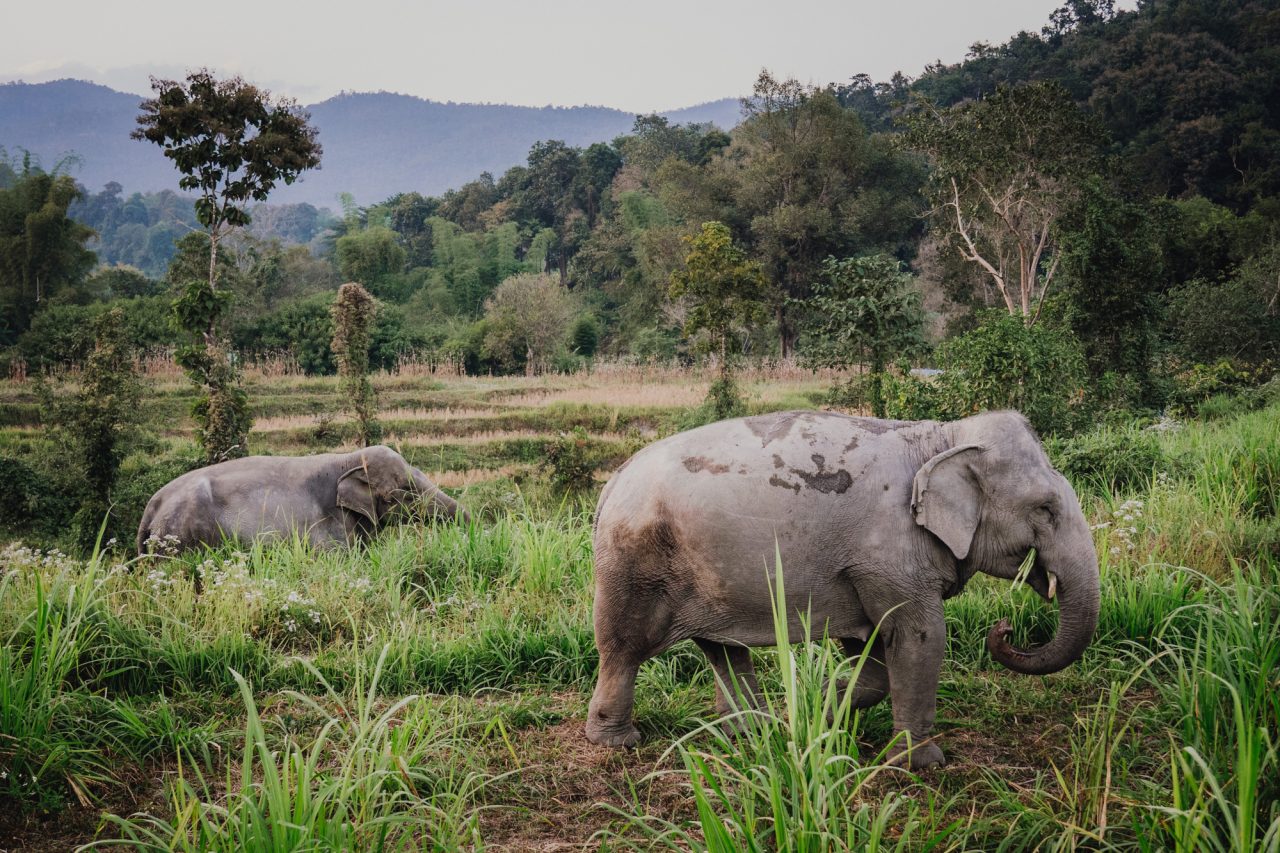
Don’t stay only in cities like Chiang Mai and Chiang Rai. Head into the mountains, home to ethnic minorities who still follow traditional ways of life, with modern civilization slowly reaching them. Local travel agencies offer multi-day treks between villages, giving you an authentic look into local life.
However, avoid tours that include visits to the so-called “long neck” villages. These women are popular photography subjects, but such visits are more like a human zoo. The neck-ring tradition didn’t originate in Thailand. Most of these women are refugees from Myanmar. The treatment of elephants is another issue to watch for. If your package includes elephant activities, a good rule of thumb is: the less direct interaction, the better it is for the animals.
2. Los Nevados National Park, Columbia
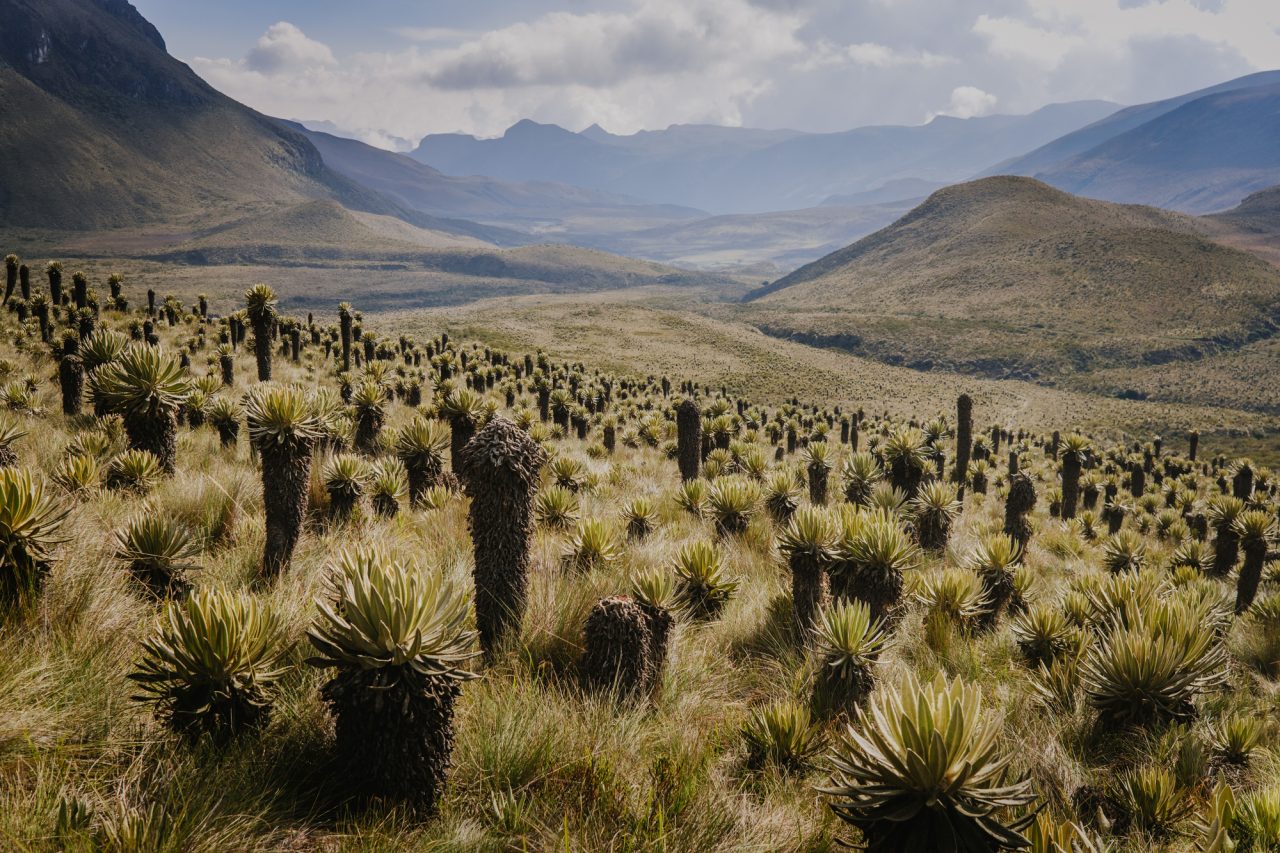
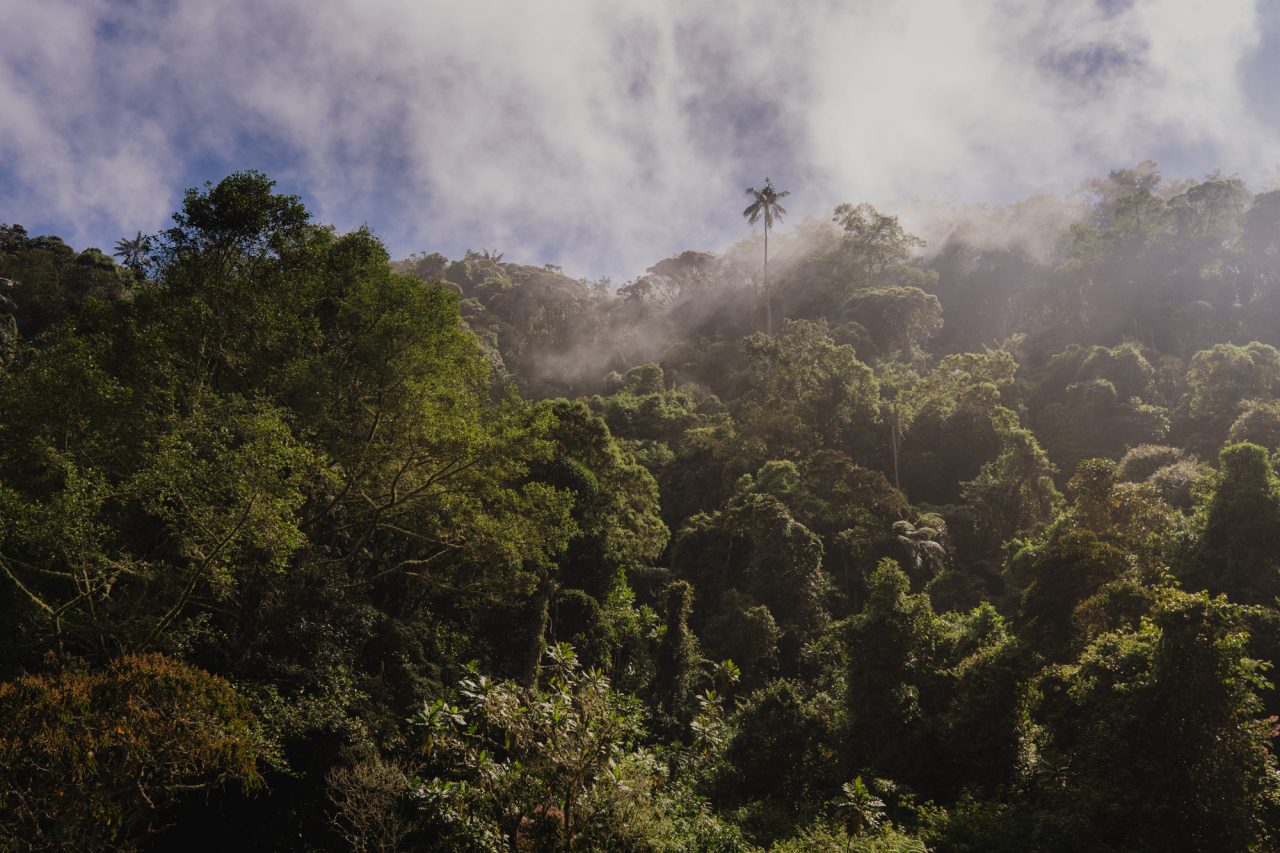
© Ondrej Čechvala, Los Nevados National Park, Columbia
Los Nevados National Park is one of the most beautiful places I know in South America. It’s a land of misty rainforests, striking volcanoes, and wildlife you won’t find anywhere else in the world. If you want to go hiking, you need to be in good shape and ready for challenging weather. The village of Salento is an excellent starting point.
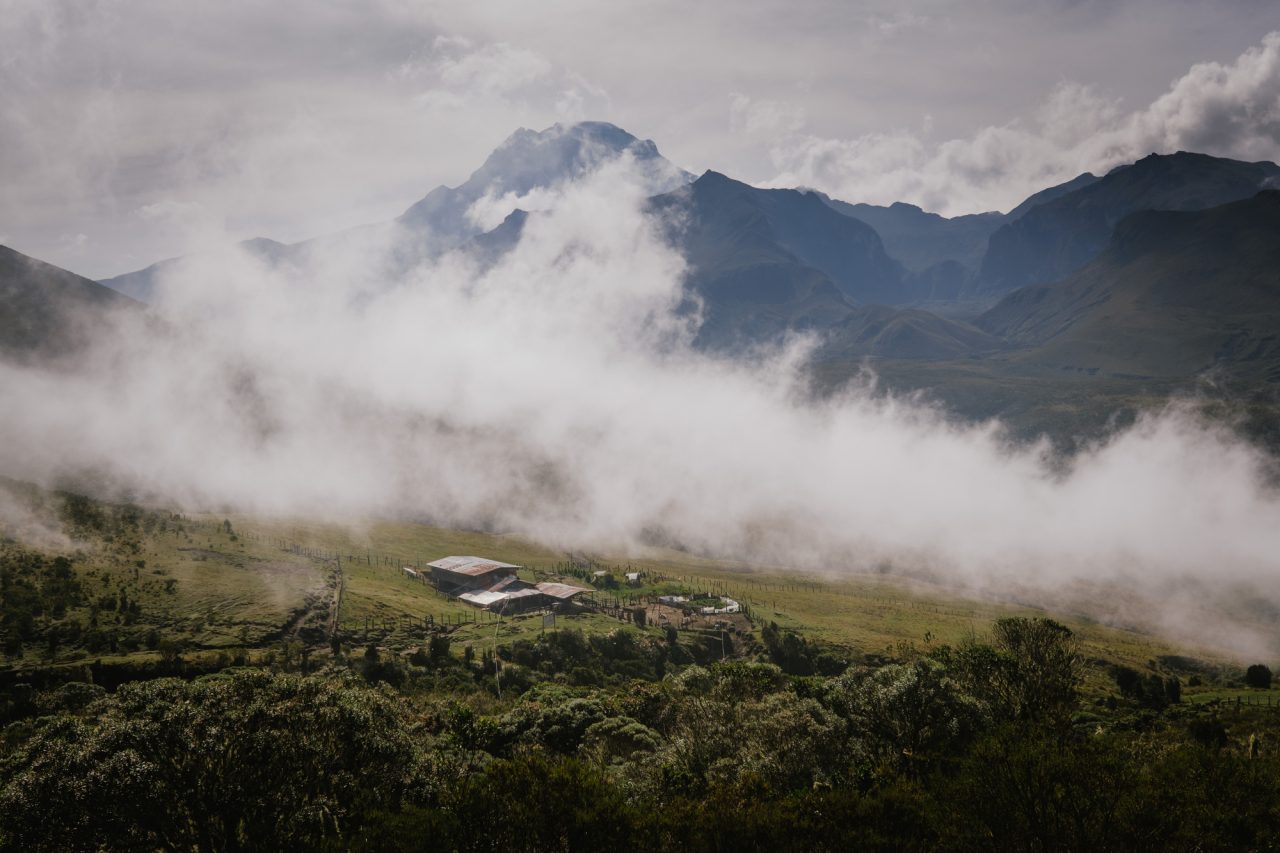
As in northern Thailand, November marks the shift from the rainy season to the dry season. But the climate couldn’t be more different. You’ll be traveling at altitudes above 3,000 meters, where cold and precipitation are common in the cloud forests even in the dry months. Rapid weather changes can test both your physical and mental endurance, but you can be rewarded with amazing photo opportunities. The alternating fog, sunlight, and rain create a great backdrop for captivating photos.
3. Porto, Portugal


© Ondrej Čechvala, Porto, Portugal
Porto is charming at any time of year. Personally, I prefer spring and autumn. But during the quieter winter months, it’s a welcome refuge from the gray skies of Central Europe. Porto is lively year-round. Life happens in the streets, no matter the season. Both street and architecture photographers will find plenty to love.
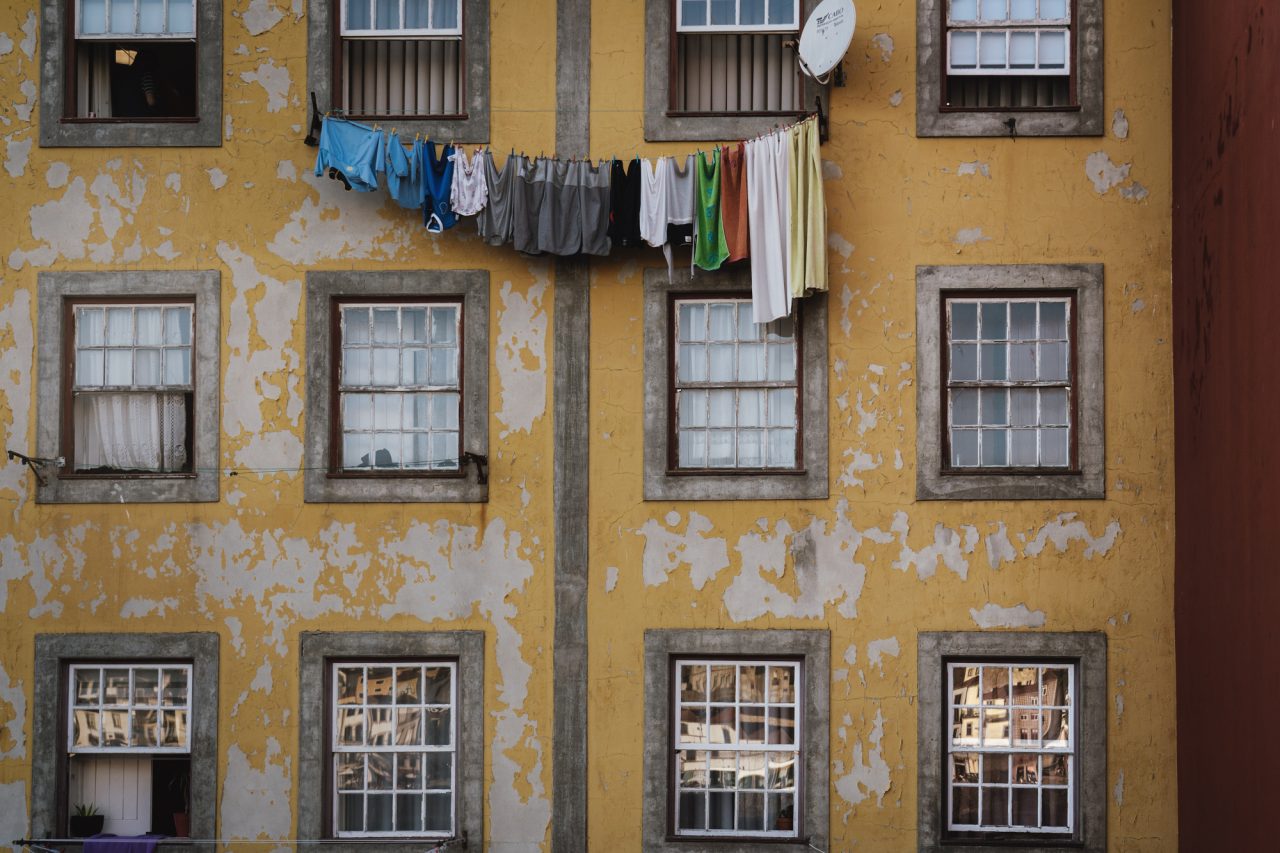
Porto is adorned with grand Baroque architecture, spread across the city’s hilly terrain, offering countless beautiful views. Another advantage is the city’s compact size and its architectural consistency, which, combined with the river, create a vibrant and colorful whole. For photographers, Porto’s raw, slightly weathered charm is irresistible. The streets aren’t pristine. Many Baroque churches are covered in moss, and the facades of colorful buildings are slowly crumbling. You can wander the streets of Porto for days, and if it rains, just swap your camera for a glass of port.
4. Tierra del Fuego, Argentina
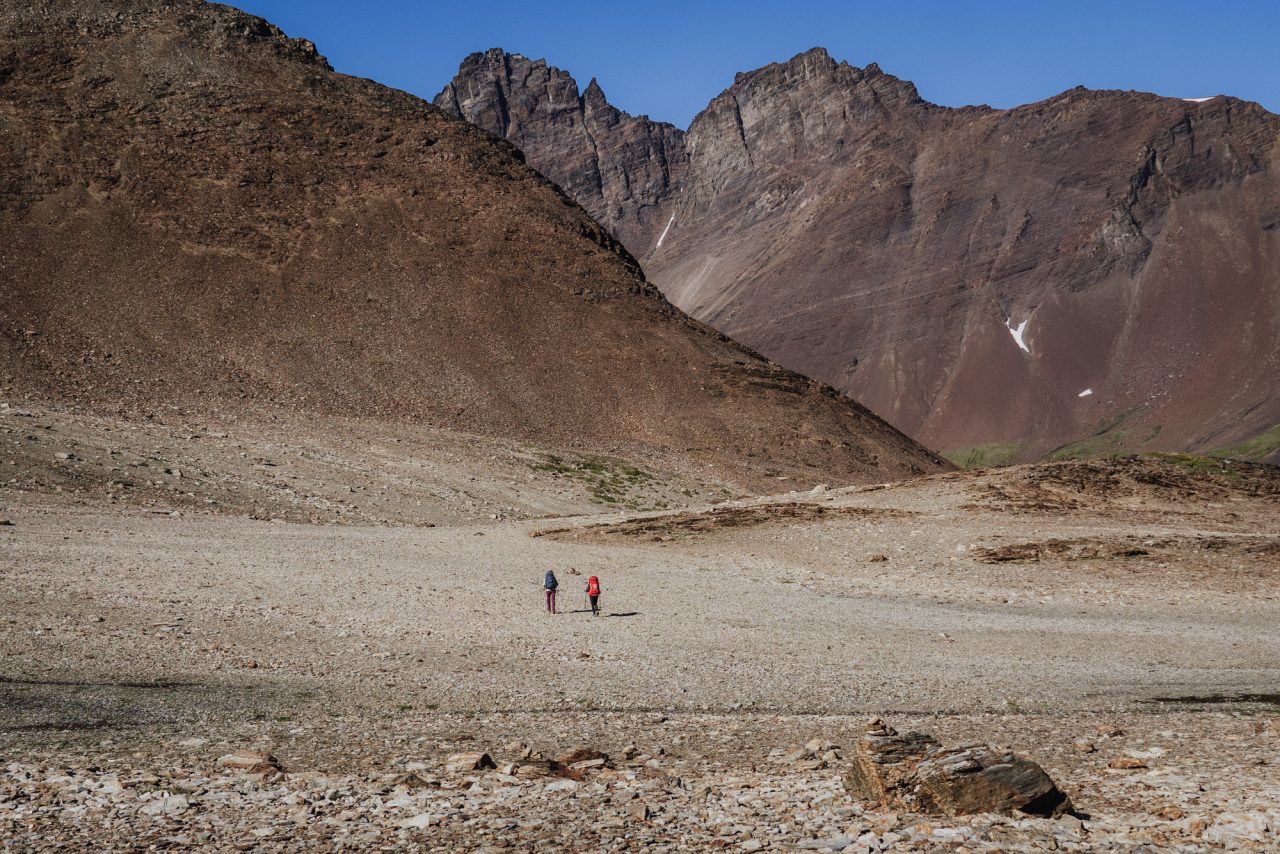
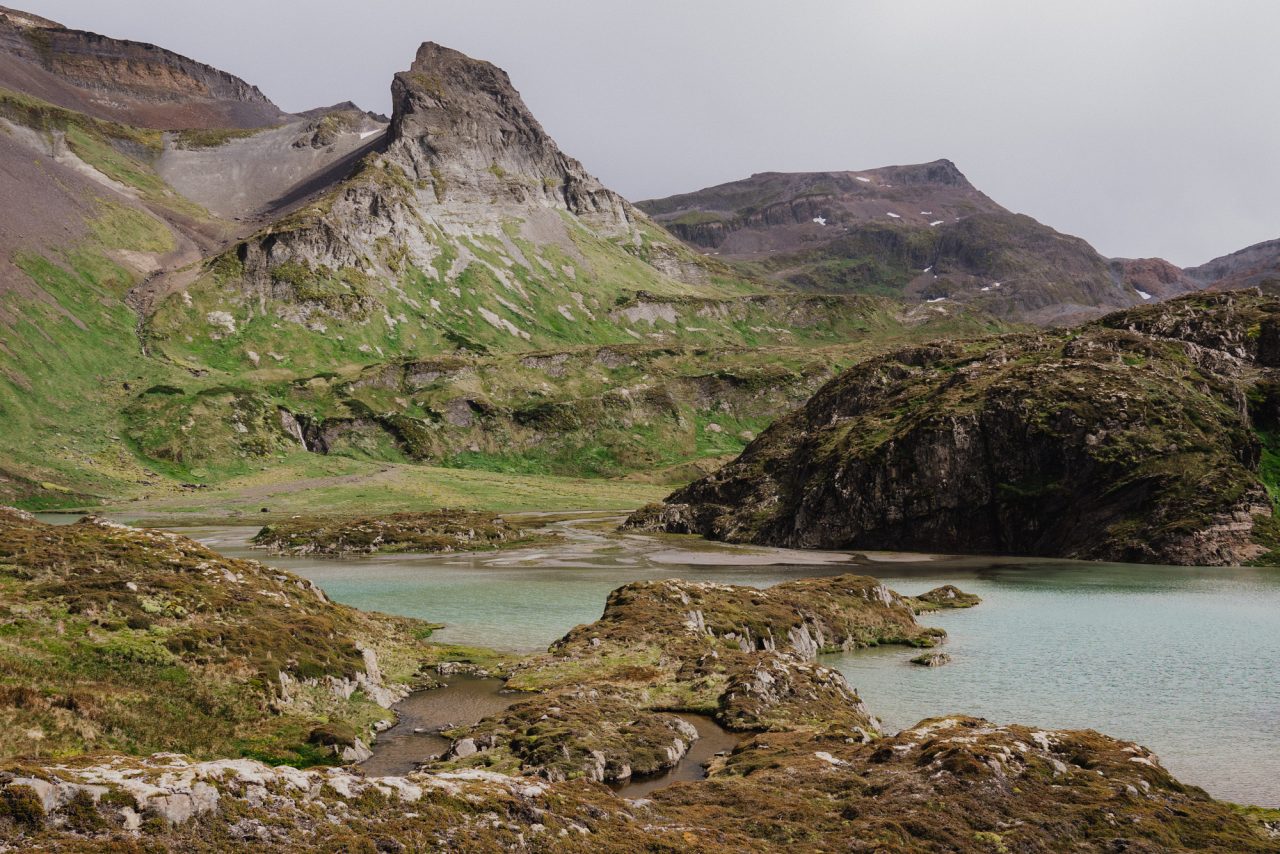
© Ondrej Čechvala, Tierra del Fuego, Argentina
There are many places that claim to be the “end of the world.” This stems from our ancestors’ belief that there is nothing beyond a certain point. However, few places evoke that feeling as powerfully as Tierra del Fuego. The farther south you travel, the stronger the sense of remoteness becomes.
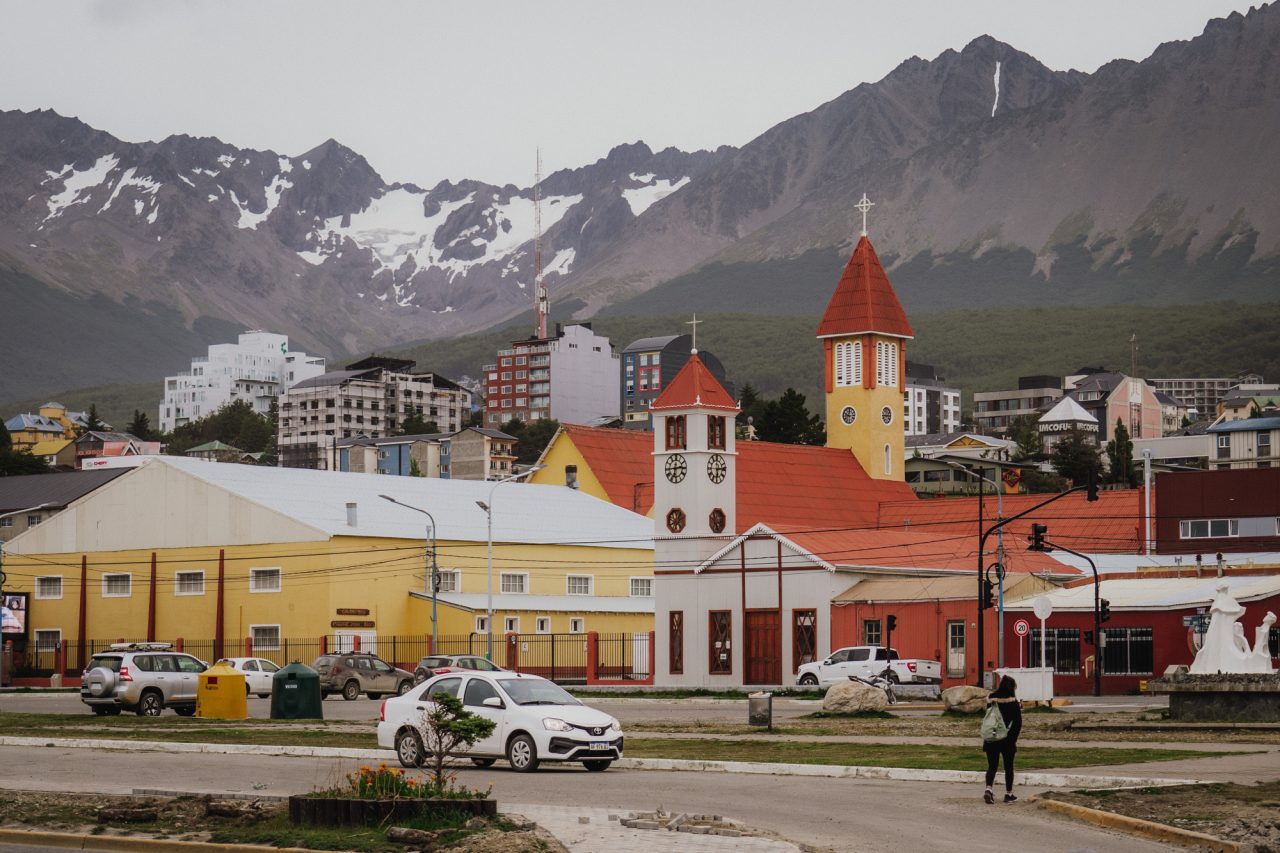
While winter grips our part of the world, summer begins in Tierra del Fuego in November. Summer and the tourist season are short. It begins in November and ends in February. After that, this rugged part of the world is battered by extreme winds, rain, and snow. The tourist center of Tierra del Fuego is the distinctive town of Ushuaia. Even in summer, be prepared for snow at higher elevations.

For photographers, Tierra del Fuego offers a truly unique natural environment. Beyond the dramatic mountains, you can take boat trips to see seals, sea lions, cormorants, dolphins, whales, and, of course, penguins, the area’s biggest draw.
5. Prague, Czechia
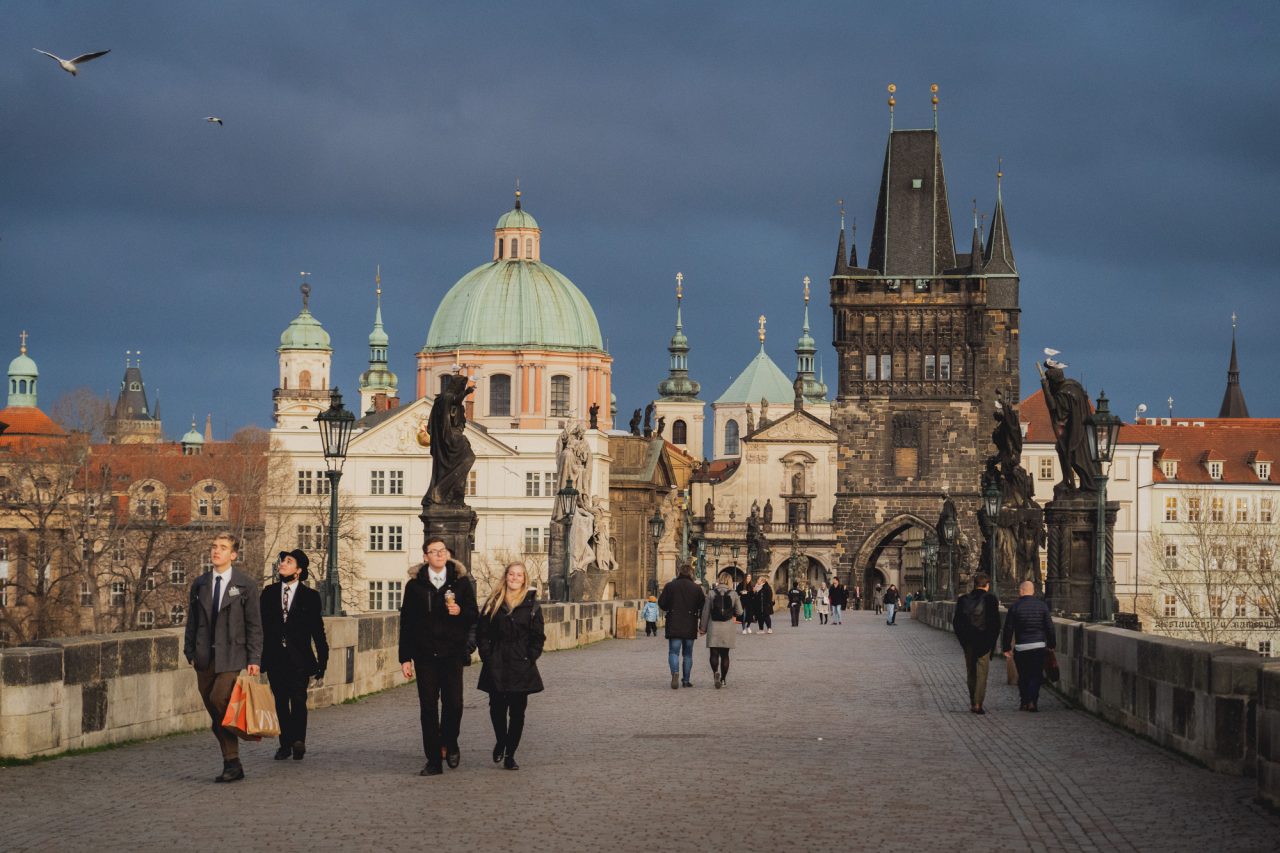
If you’re planning a trip to the Czech capital, you need to time it right. Prague is one of the most visited cities in Europe, and for much of the year, its historical center is bursting with tourists. November may not be the most visually dazzling month, but the emptier streets reveal a different, more authentic side of historic Prague.
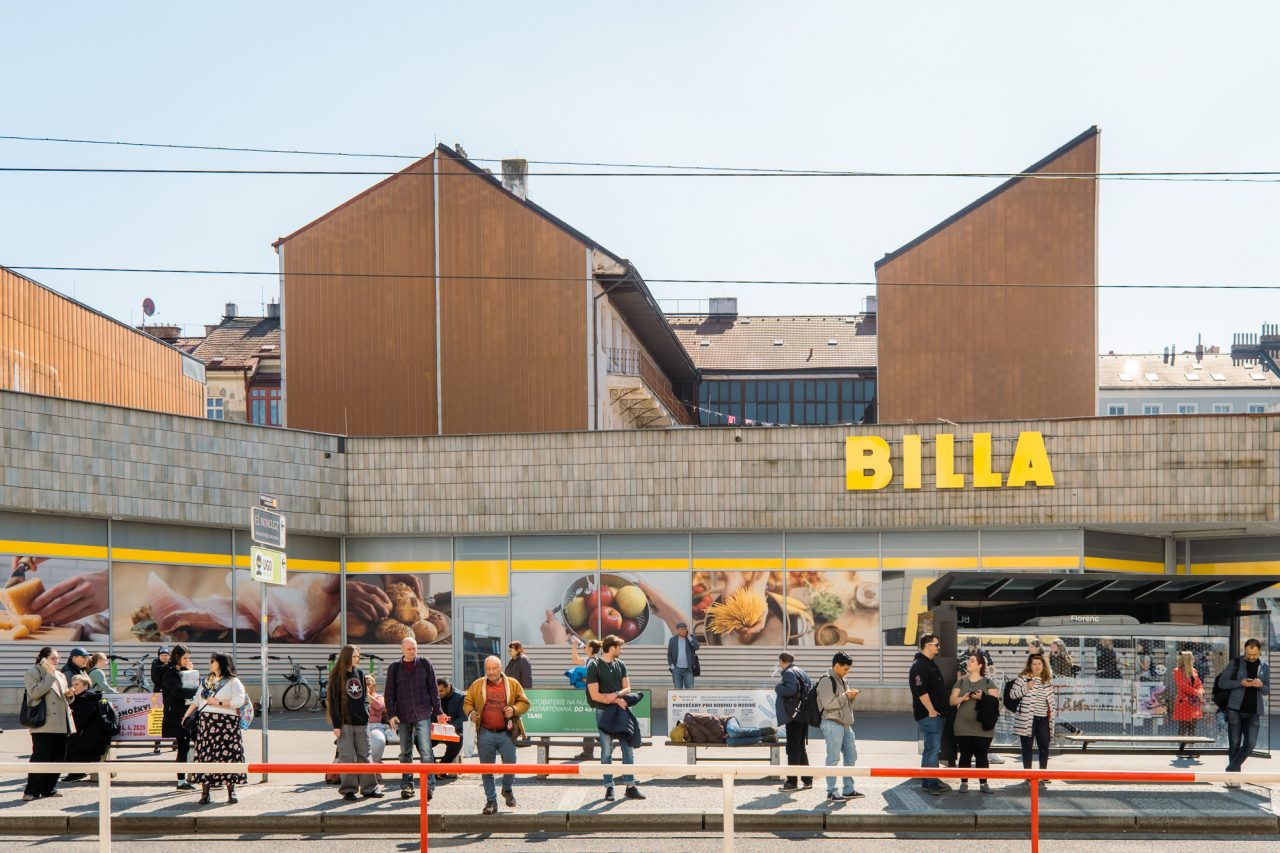
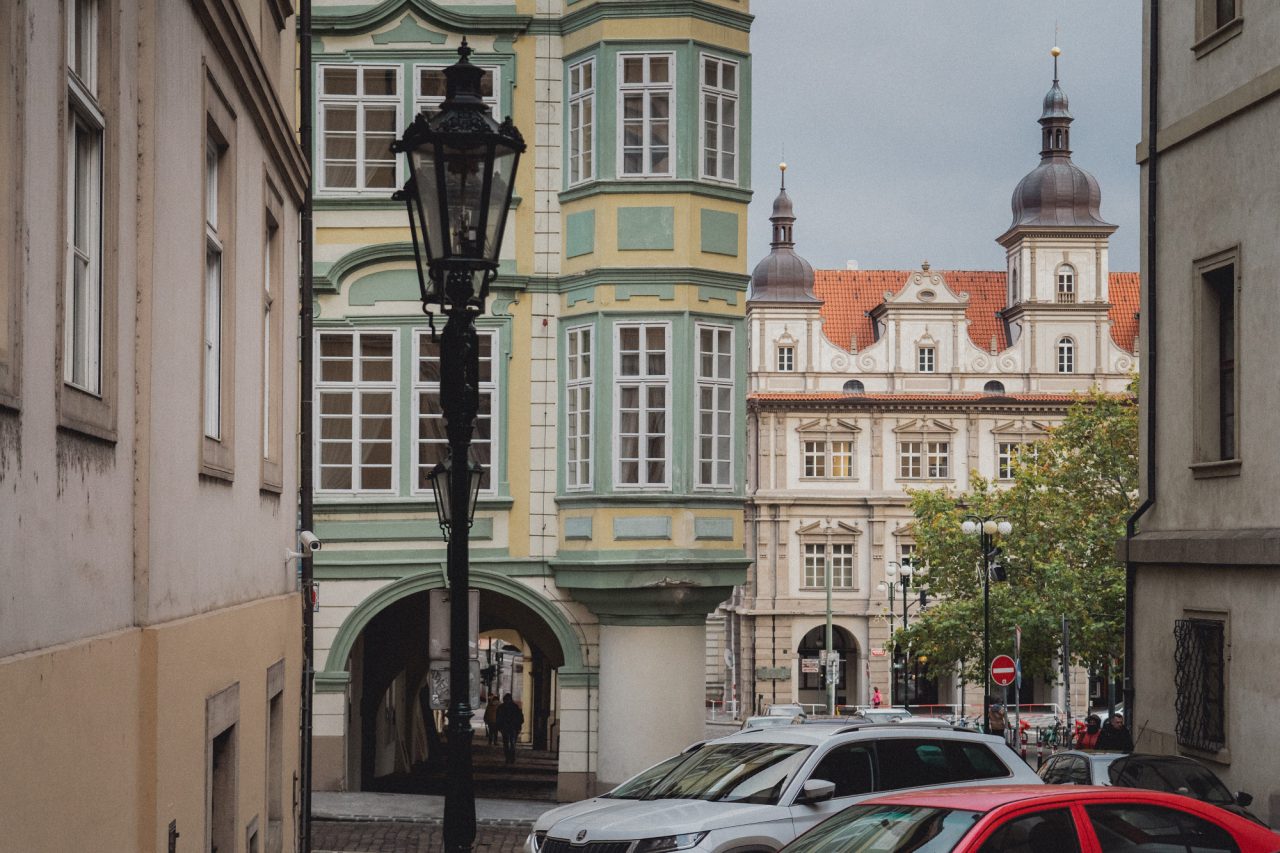
© Ondrej Čechvala, Prague, Czechia
Of course, there’s more to Prague than its old town. Thanks to an efficient public transport system, you can easily reach neighborhoods built during different periods. For example, the modernist housing district of Ďáblice or Břevnov, where you can find a beautiful Baroque monastery and unique city views. These residential areas are also great for observing the everyday life of locals.